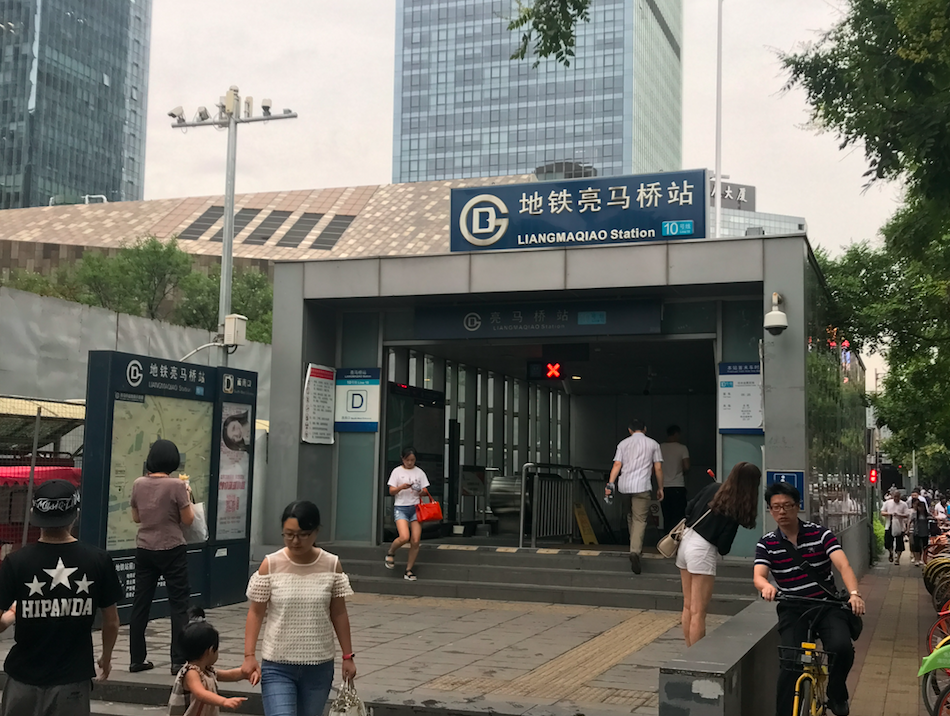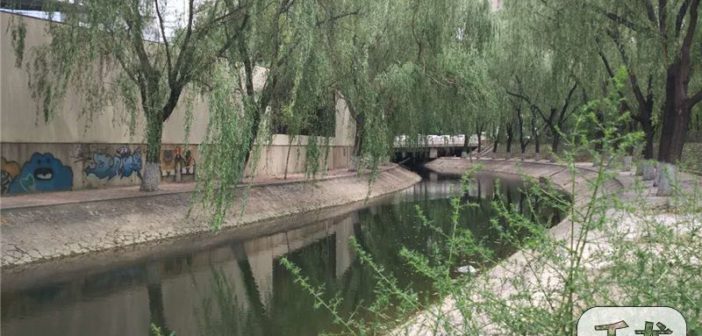I am always amazed by how extensive Beijing’s subway network is. As of this moment, we have 19 lines, 345 stations (70 are above ground) and 574km of track in operation, and in the coming years, we will see more lines opening.
Despite being notoriously crowded (and sometimes smelly), we can’t deny that Beijing’s subway is the most convenient form of transportation in the city. Not only do I use it almost every day to travel but also to learn Chinese and part of the city’s culture.
Let me go back to my inspiration for this article: Tian’anmen (天安门). It surely is my anchor point in learning Chinese because I relate one of its characters, 安 ān, to my Chinese name. I also get amused by the rich history behind the popular attraction in the city center.
They say the key to understanding a culture is through knowing local stories. And though taking the subway seems to be a daily activity for many, I thought station names would offer a bit of trivia that has the possibility of extending our knowledge of Beijing. So I started my quest to unravel the meaning of some subway station names after reading a BBC blog on London Underground station names (Piccadilly Circus… or Cockfosters, anyone?). Well, our sister site The Beijinger has already begun explaining what could be the one of the interesting zhan in Beijing: Jīntáixìzhào (金台夕照) on Line 10, near CCTV Headquarters on Guanghua Road, which means “the Golden Terrace in the Glow of the Setting Sun…
And to start this series, we go to the station where horses used to bathe… sort of: Liangmaqiao (亮马桥).

Liangmaqiao is on the eastern side of the Third Ring Road and the 15th anti-clockwise station from terminal Bagou (巴沟). The eastern area of Liangmaqiao houses several diplomatic compounds, and on its west and south is the sprawling central business district.
The station’s literal meaning is Liangma Bridge because it’s just close to Liangma River (河 hé, river). Of course, that river name might not be interesting in itself but according to the Qianlong website, the river used to be a bathing place for horses during the Ming dynasty. The river, situated outside Dongzhimen or one of the gates on the eastern side of Beijing’s old imperial city, was named after the wet horses that would bath there (马 mǎ; for 亮 liàng or bright/shine, one can assume that the horses become bright or shiny after getting a bath).

In the Qing dynasty, a white stone bridge (called Liangmaqiao) was erected over the river, and a village northwest of it was named after the river as well. Qianlong said it had become customary for merchants to have their horses bathe in the river as an auspicious sign.
So there you have it! If you know or want to share any story about subway stations or subway travel in general, let us know by emailing webeditor@beijing-kids.com or by leaving your comments below.
Next on Subway Sunday: Why is a “death gate” near a church?
Photos: Qianlong.com, Andy Penafuerte
This story first appeared on beijingkids as part of my weekly Subway Sunday column. See more of my stories here.
Email: andypenafuerte@beijing-kids.com
Instagram: @coolkidandy
